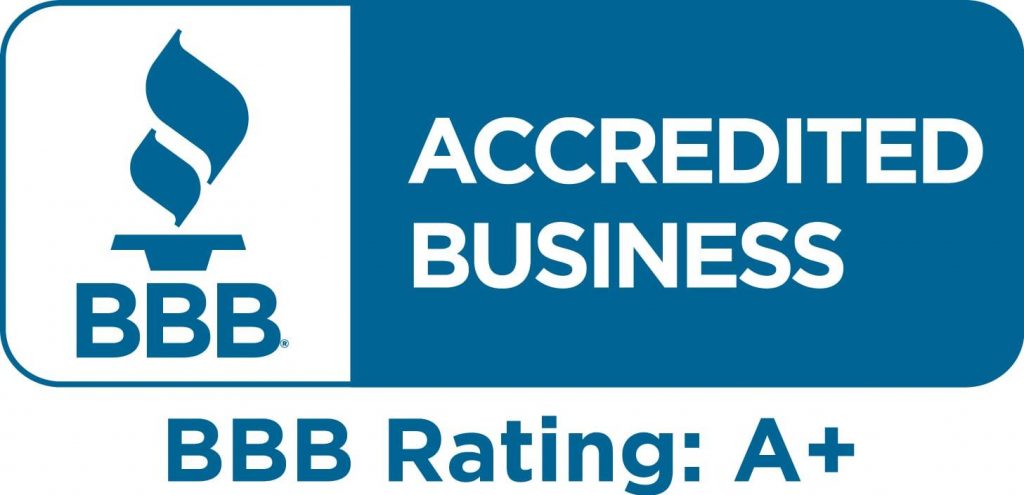Tips on how to Draw from an Inside the Wasitband Holster
It is an understatement to say that the ability to adequately draw your handgun from concealed carry is of crucial significance for effectively using it to defend your life. It is imperative to make sure you carry your firearm on your dominant side. This article includes tips to help you properly draw your firearm.
-This article is geared towards Inside the Waistband carry, but the same concepts work for all carry positions-
1. Move your Shirt
Using your weak side hand, grab your shirt and lift out of the way of your draw cycle. The last thing you want in a life-threatening situation is to have your shirt in the way of your firearm when drawing. Seconds can make or break the outcome of a real-life conflict. After your shirt is out of the way, it is not yet the time to draw your firearm.
2. Use the Proper Grip
Firmly grab your firearm in the same position as you would when shooting the weapon. After you grasp and begin drawing your gun, you should never have to re-grip or adjust. You need to maintain complete control of your weapon through the whole process, or you are not only unsafe but at a considerable disadvantage. During this step, keep your finger off and away from the trigger. You should always keep your non-dominant hand placed on your stomach or off to the side to avoid covering the gun’s muzzle. Accidental discharge of your firearm is a threat and liability to everyone around you.
3. Stay tight to your body!
As soon as you draw your firearm from the holster, you should bring the weapon around tight to the front of your body. Doing this creates the shortest and fastest distance to get your firearm to the ready position. It also keeps your firearm secure towards your body instead of swinging it around where someone or something could cause you to lose control.
4. Prepare yourself to shoot!
You will want to get your firearm pointed downrange at the target, rotate your dominant arm’s wrist and lower elbow. Once your firearm is aimed at the target, it is time to disengage the safety. After your firearm is in its final position, you can quickly focus on the target, and if the threat remains, place your finger on the trigger, ready to shoot. Pull the trigger quickly and concisely.
5. Re-holster your weapon after the threat is under control!
After the situation is under control and you are sure no more threats are present, you are now ready to re-holster your firearm. Repeat the steps above to re-holster your weapon and ensure it is secured safely.
6. Practice, Practice, Practice!!!!!!!
Practice is the make or break decision in the outcome of any situation if you should ever have to use your weapon. In a real-life situation, stress can take over and cause you to make mistakes that could not only harm yourself but those around you. The routine practice drawing and re-holstering your weapon will build your muscle memory which will become a natural motion. The best way to draw your firearm in a safe and quick motion is with repeated and regular practice. Make sure when you practice, you use an unloaded gun. Another tip is to practice in front of a mirror, doing this will help you to make sure the muzzle isn’t covering any part of your body when you are drawing your gun.



Leave a Reply